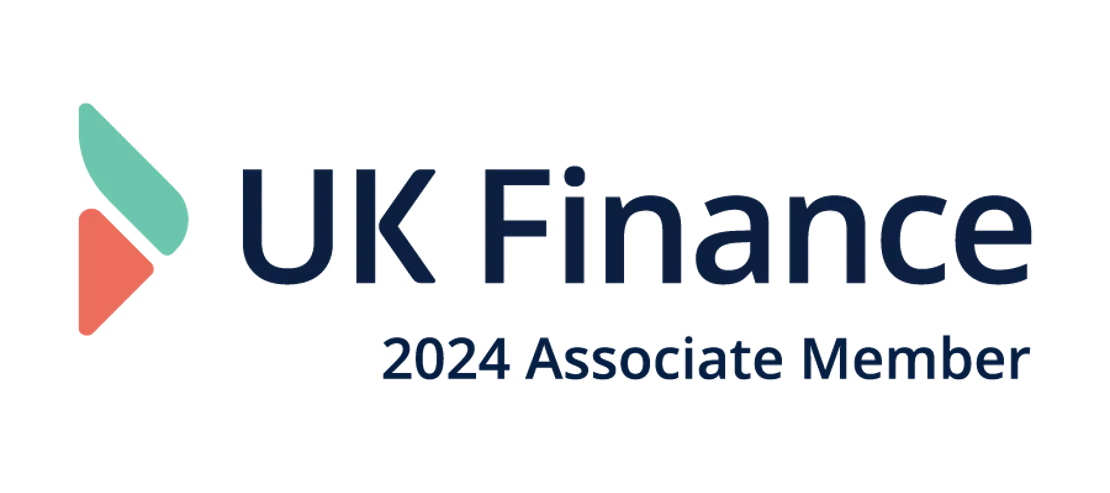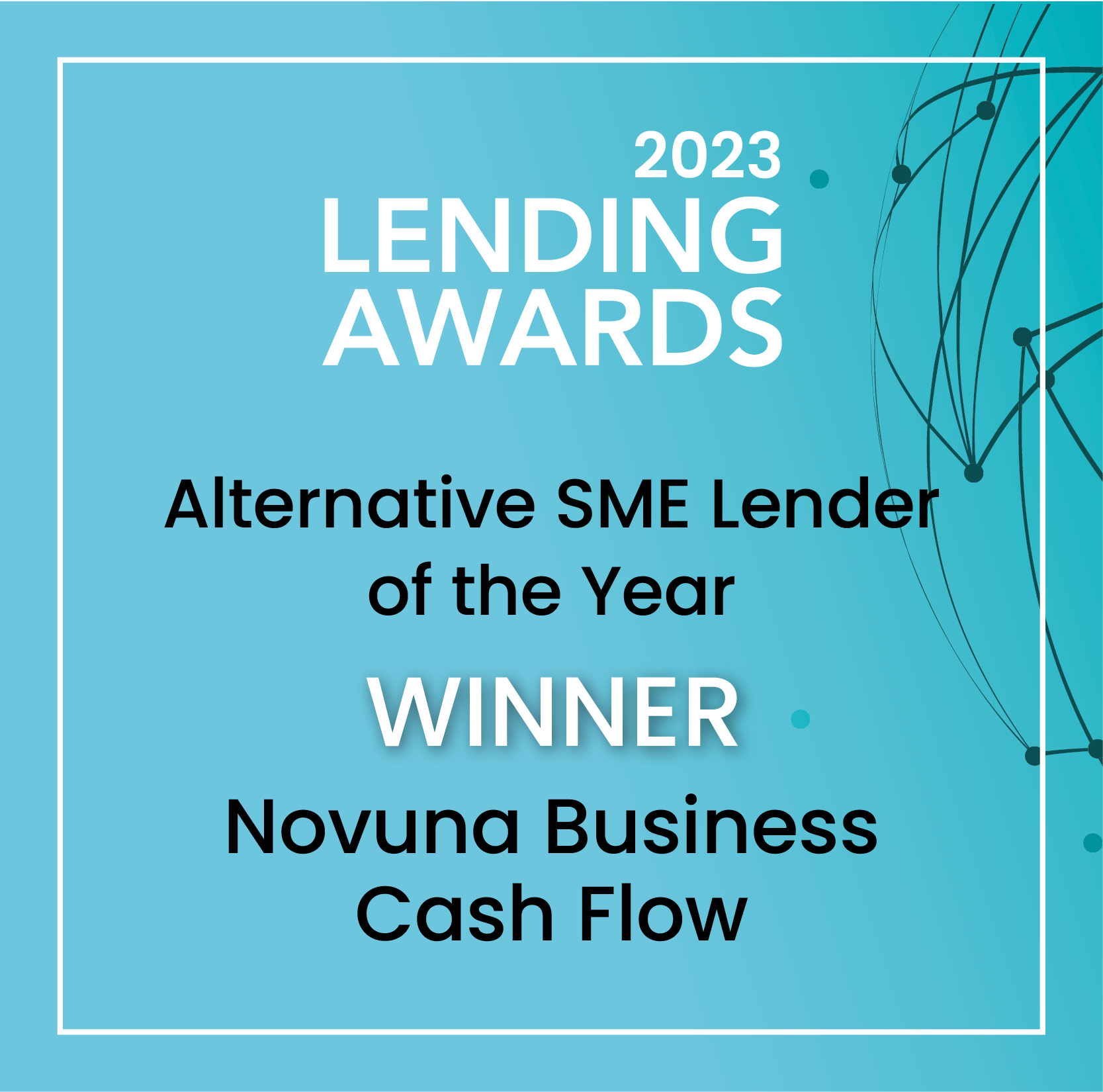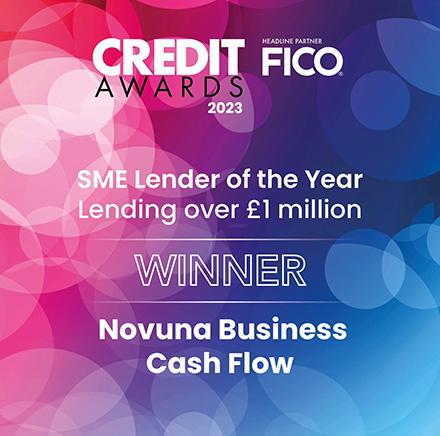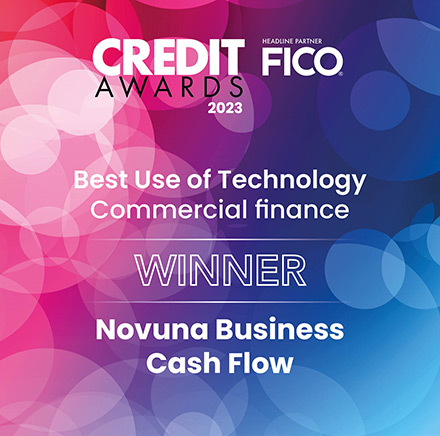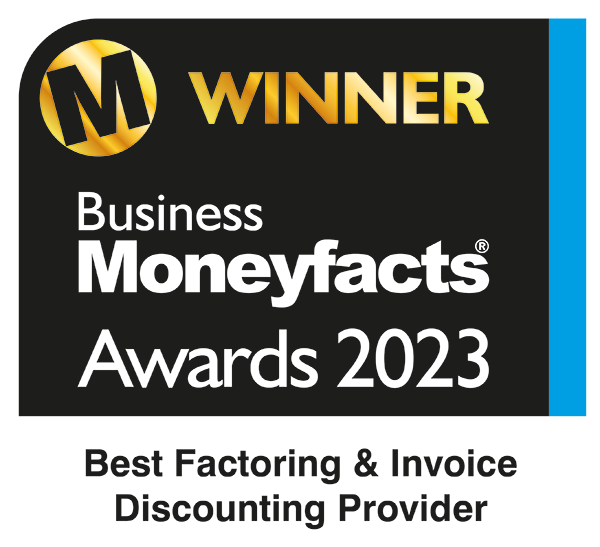
Selective Invoice Discounting
Understanding selective invoice finance and whether it's the right finance solution for your business.
Boost your cash flow with selective invoice discounting
We compare all invoice discounting options for you, so you can rest assured you'll get the right product and the best deal for your business. Get a quote online or call us on 0808 250 0859 to speak to one of our invoice discounting experts.
Quick links on this page
Pages in this SectionWhat is selective invoice discounting?
Selective invoice discounting enables businesses to obtain advance payments on specific invoices while retaining the responsibility for collecting payments from customers.
Unlike spot factoring, the obligation to pursue and gather customer payments still lies with the business in selective invoice discounting.
How does the selective invoice discounting process work?
1
A company will make a decision that it wants to release some capital from a selected unpaid invoice. It will then assign the invoice to a selective invoice discounting provider.
2
The provider will approve the invoice and come to an agreement on its terms and conditions. This will include a quote and terms on conditions of repayment of the loan. The loan quote will cover up to 95% but in most cases around 70 to 85% of the value of the invoice.
This amount will be advanced as a loan to the company.
3
The loan plus the finance provider’s fee is to be repaid subject to the terms and conditions agreed. The company will receive the outstanding balance of the invoice once they have received full payment from the customer and it is up to the company to chase up outstanding debt.
What is the difference between selective invoice discounting and spot factoring?
With selective invoice factoring the company selects an unpaid invoice and then receives cash in the form of a loan from the financial provider for a percentage of the invoice amount. The company is responsible for chasing up the value of the invoice and paying back the loan.
With spot factoring the company sells its invoice to a 3rd party financial provider for a percentage of its value, the finance provider is then responsible for chasing up payment from the customer, the company is no longer in control of that.

Advantages and disadvantages of selective invoice discounting
Advantages of selective invoice discounting:
- Available to a wide variety of business's including new starters
- Releases cash locked into customer invoices
- No long term contracts with the financial provider
- Increased cash flow for the company, increased working capital, reduced need for overdrafts orother debt facilities
- No security required, just an unpaid invoice
- No impact to the company on relations with customers. The discount company has no contact with the customer
- The company selling the goods and services maintain control over sales receivables
- Confidentiality is maintained as suppliers and customers don’t need to know that finance is obtained against sales invoices
- Company and customer benefit as company has cash and customer has credit facilities helping to maintain good relations
Disadvantages of selective invoice discounting:
- The discounting company will charge a fee for the loan so profit margins are decreased
- Comparisons should be made with other forms of loans as they may be cheaper
- Stakeholders may not be happy with this form of finance
- Only available on commercial invoices
Why choose Novuna Business Cash Flow?
6 month trial period
![]()
A 6 month trial period so you can be sure the product is right for you, followed by a 6 month rolling contract – we don’t tie our clients in for long periods.
Digital onboarding
![]()
We are the first in the market to offer a digital onboarding process and have been leading the way with our digital capabilities allowing clients to sign up within 24 hours from the first appointment.
Client trust account
![]()
Once you become a client you will be given your own trust account, meaning you will get same day availability on your funds. You can also view all of your invoices and payments online at a time suitable to you, 24/7.
No uncleared effects
![]()
We have heavily invested in our digital capabilities. This includes the auto allocation of payments using Artificial Intelligence. Ultimately this advance in technology means that our clients access money quicker as well as saving money on interest charges due to auto allocation.
Simple pricing
![]()
We aim to make the process of Cash Flow finance as simple and straightforward as possible. Our pricing is very straightforward to understand. For a no obligation quote or an informal chat you can call our friendly team today on 0808 250 0859
Award winning service
![]()
We offer award-winning client services and individual Relationship Managers who are on the other end of the phone or out in the field to visit you in person.
We are an award winning invoice discounting company
We come highly recommended by our customers


"The communication and support has been outstanding. Providing me with all the information I needed regarding new clients coming onto our books. The system they use is so user friendly and the drawdown payments are very efficient in the fast moving world of temporary payroll."
Read full reviewInvoice discounting in the UK have been revolutionised with our digital onboarding process

Get in touch today
Contact our friendly UK advisors on our freephone
0808 250 0859
8:45 - 17:15 - Monday to Thursday &
8:45 - 16:45 - Friday
More invoice financing products
Want to learn more about how you can boost your businesses cash flow?
Our Cash Flow Resource Hub has been set up to help SME's with cash flow finance advice, tips and resources to help with their cash flow position.
We explore ways you can begin improving your cash flow situation and start getting your business on track to positive cash flow.
